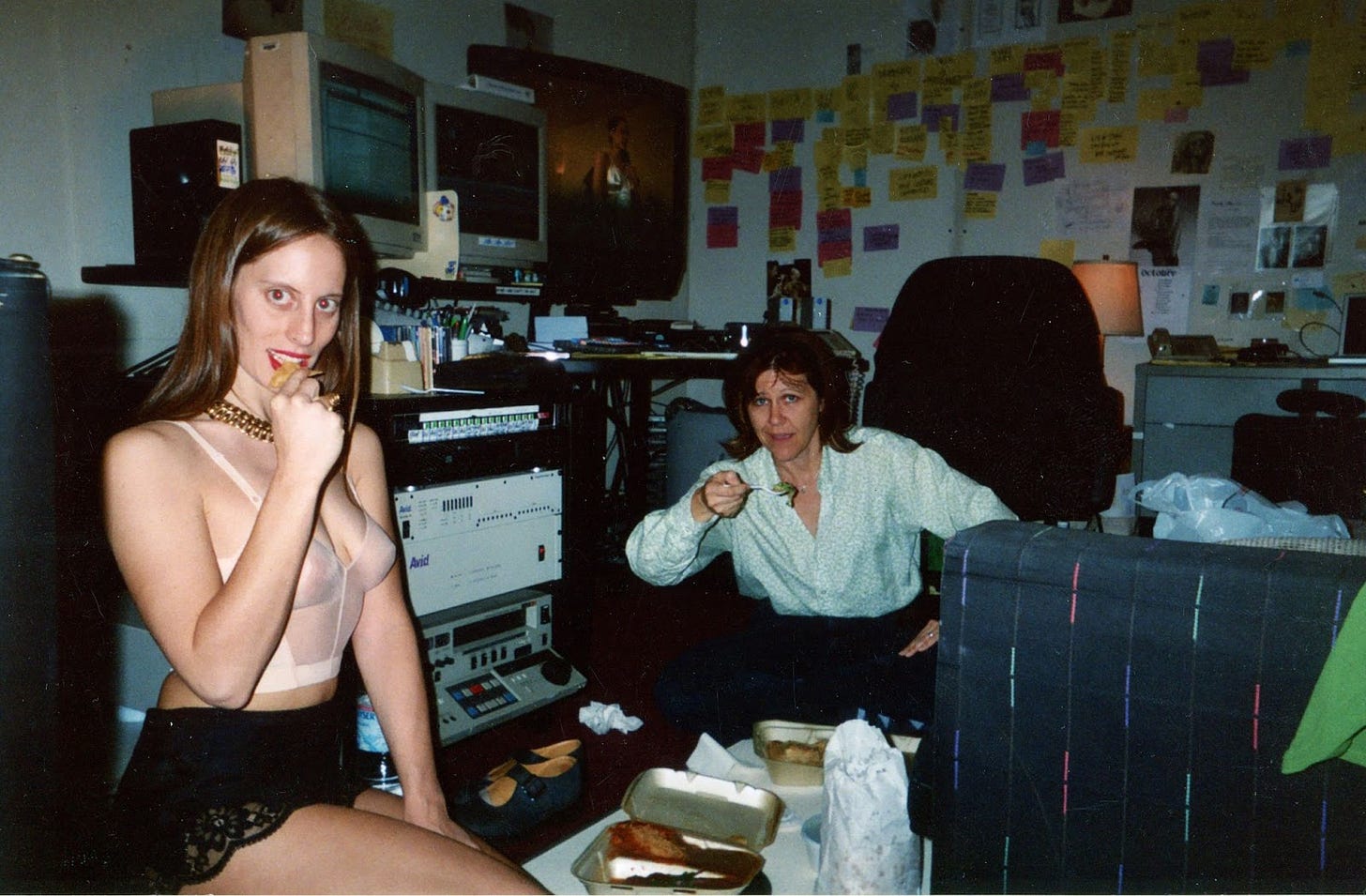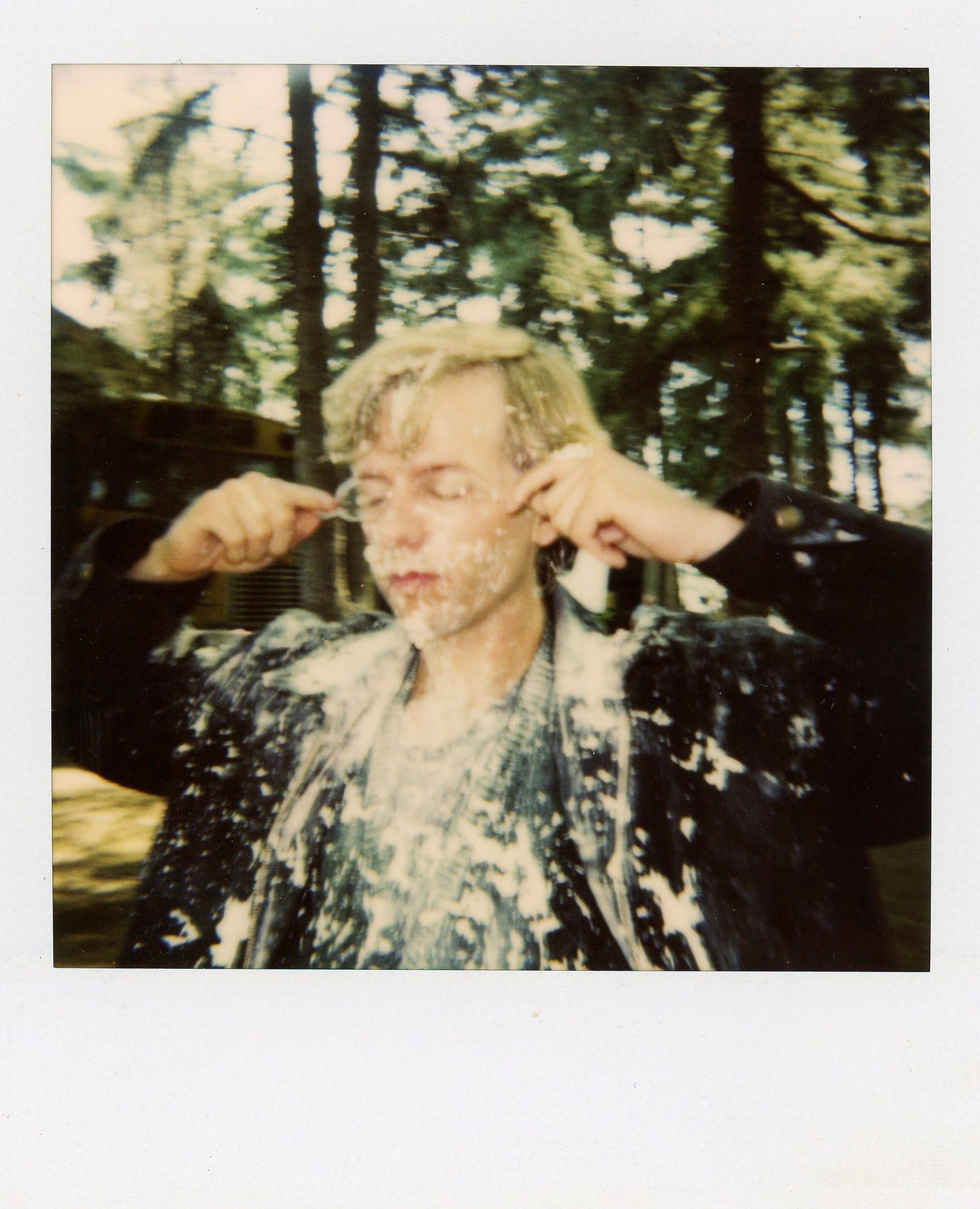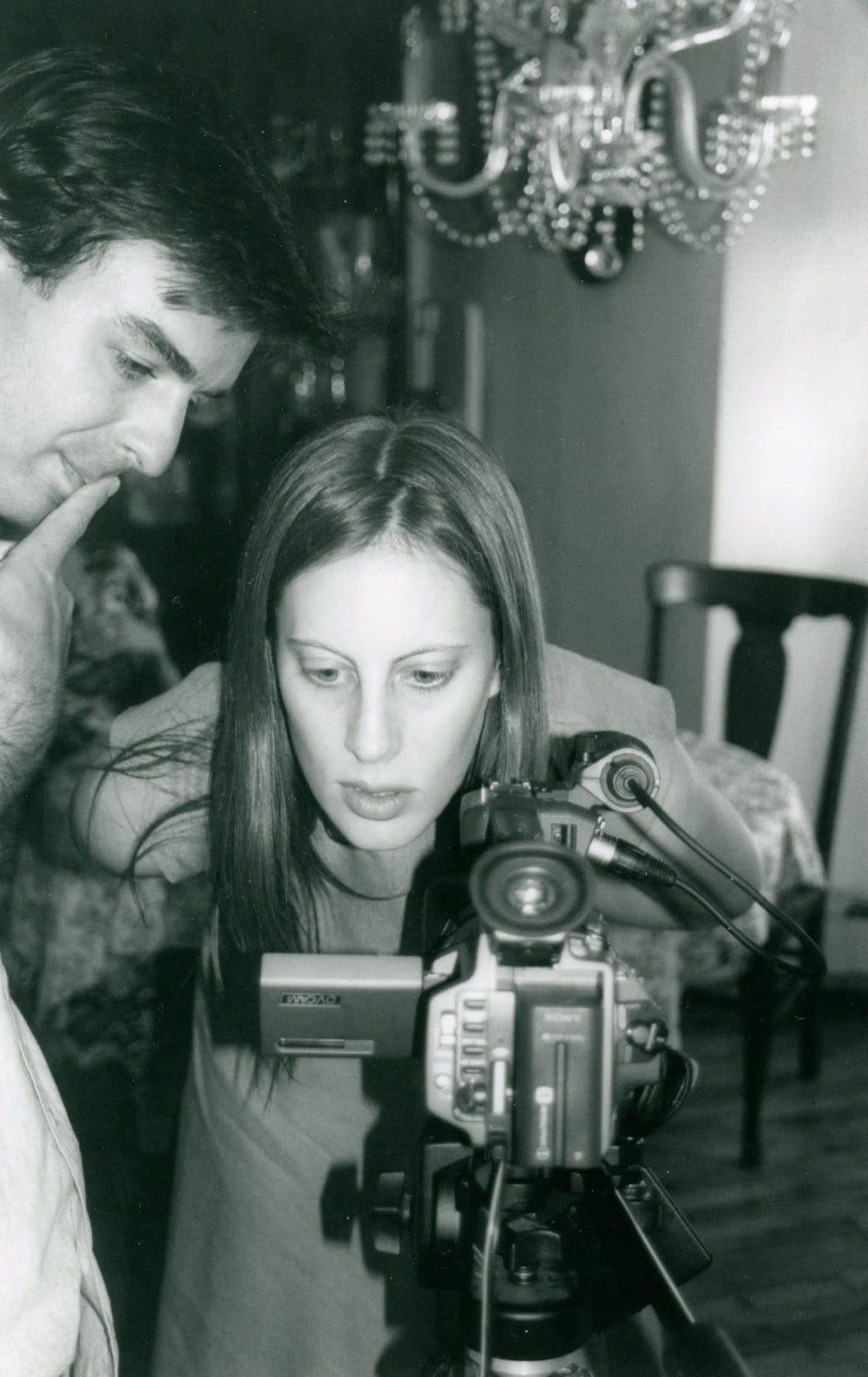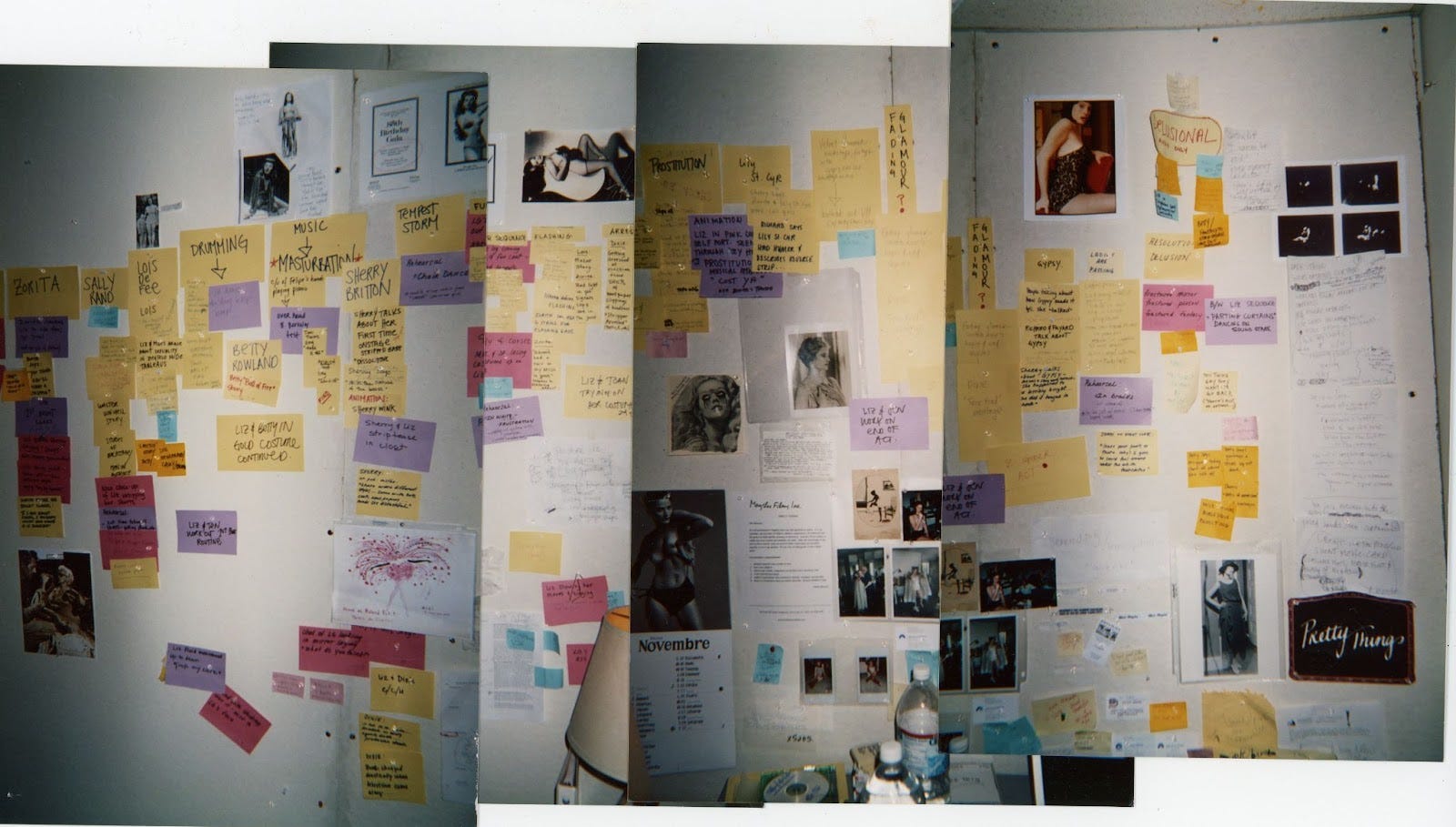On The Lot At Paramount
Hollywood bros n’ bad behavior; how did I end up the first female director on the lot in 9 years; Adderall is easy to get from Beverly Hills Doctors, my marriage spirals out of control, avoiding security cameras and more…

Before I get into just how bro-ey the boys club was in Hollywood when I was making my first film, Pretty Things, in the early 2000s….
I also received valuable encouragement and actionable support from men in the entertainment industry during this period of my career. Wes Anderson loaned me his then-assistant film editor to digitize hundreds of hours of raw footage and introduced me to the late great documentarian Albert Maysles, who became a mentor and shot a considerable amount of my final film. I also had guardian angels in the forms of my supervising editor, Alan Heim, who had cut all of Bob Fosse’s films (a major source of inspiration) and Paul Haggar, then Executive in charge of Post-Production at Paramount. Paul oversaw the completion of iconic films like Love Story, Chinatown and The Godfather. My three brothers who are in the film industry were also treasured allies, my younger brother even acted as my cameraman early on.
My father, however, was anything but supportive. People may assume that making my first film was a walk in the park, with my dad fronting the bills and holding my hand throughout. In fact the opposite is true, he was notoriously tough on all of his spawn who wanted to enter the movie business, vehemently anti-nepotistic to the point that he made things more difficult. He loved that I was an artist, and worked in fashion. He even approved of me writing a book about burlesque queens and their costumes. This was an intellectual pursuit in his eyes. But me directing a film? Never.
I was reluctant to admit to anyone that I was making a movie, because the pressure of living up to expectations was too great. It wasn’t until I’d sold the film to HBO that it became real. Apart from my female bosses at HBO, my editors and the amazing women on the crew of Pretty Things, there weren’t all that many women in positions of power I could look up to back then. While I was cutting my film on the lot at Paramount in 2004-2005, Paul Haggar would tell me stories about working with the director Elaine May in the 70s. Paul told me that I was the first female director to be working on the lot in 9 years. The last had been Penelope Spheeris, who directed Black Sheep starring Chris Farley and David Spade, back in 1996. Coincidentally, I’d worked as an assistant to the costume department on that film when I was a teenager on summer break from school.

During my time on the lot, I was a married woman in her 20s who wore vintage clothes and red lipstick. My cutting room walls were covered in pinups. Most of the men working in the post-production building, (other directors and film editors,) didn’t quite know what to make of me. There was a general consensus, which I regularly overheard, that female directors were either a bitch or a dyke. They found me an anomaly because of the half naked women tacked up on the wall. Many of them would find a way to come into the cutting room unannounced, to see what kind of movie I was making. I was conscious of being extra polite, lest I be spoken of the way other women filmmakers were. It kind of reminded me of high school.
I personally witnessed all sorts of terrible conduct such as….



